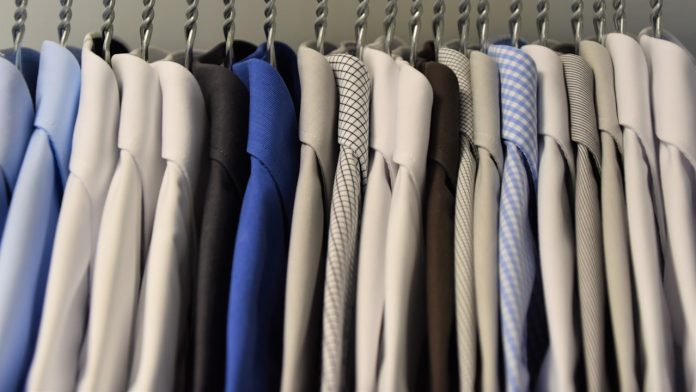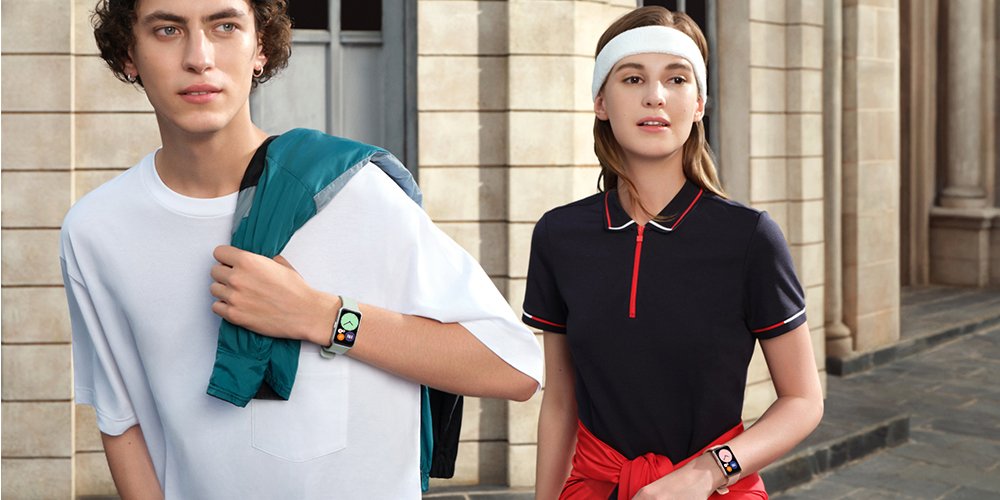As the temperature drops and winter sets in, staying warm becomes a top priority for many individuals. Traditional layers of clothing are effective to some extent, but the advancement in heated apparel technology has revolutionized the way we combat the cold. Maximizing comfort in cold weather is not just about piling on the thickest layers; it’s about strategic layering with heated apparel to ensure warmth without compromising mobility. In this article, we will explore the art of layering with a jacket that heats up the whole body and provide tips for achieving maximum comfort in chilly conditions.
Understanding Heated Apparel
Heated apparel, powered by rechargeable batteries or USB connections, incorporates heating elements into garments like jackets, vests, gloves, and even socks. These elements generate warmth, creating a microclimate around the body. The key to maximizing comfort lies in the synergy between traditional layers and heated apparel.
Effective Tips for Layering and Covering
Base Layer
Start with a moisture-wicking base layer to keep sweat away from the skin. This is crucial for maintaining warmth because wet clothing can make you feel significantly colder. Opt for materials like merino wool or synthetic fabrics designed to wick moisture away, ensuring you stay dry and comfortable.
Insulating Layer
The insulating layer traps and retains body heat. Choose materials like down, fleece, or synthetic insulation. Heated vests are excellent choices for this layer, as they provide targeted warmth to the core without adding bulk. Make sure the insulation is evenly distributed to maintain a balanced warmth throughout the body.
Heated Apparel Integration
Integrate heated apparel into your layering system strategically. Heated jackets or vests should be worn over the insulating layer for optimal results. Adjust the heat settings based on the external temperature, and be mindful not to overheat. Most heated garments offer adjustable settings, allowing you to find the perfect balance between warmth and comfort.
Maintaining Mobility
One common concern with layering is the restriction of movement. Heated apparel, especially in the form of lightweight and flexible materials, ensures that you can stay warm without sacrificing mobility. Look for garments with integrated heating elements that don’t compromise the flexibility of the fabric.
Accessorize with Heated Gear
Extend the warmth to your extremities by incorporating heated accessories. Heated gloves and socks are game-changers, providing essential warmth to areas that are often vulnerable to the cold. These accessories can be seamlessly integrated into your layering system, ensuring that no part of your body is left exposed to the chill.
Battery Management
Effective battery management is crucial when utilizing heated apparel. Invest in high-quality, long-lasting batteries to ensure that your heated garments can sustain the desired temperature throughout your outdoor activities. Keep spare batteries on hand, especially during extended periods in the cold.
Layer Adjustment Throughout the Day
Weather conditions can fluctuate, and your activity level may change throughout the day. Be prepared to adjust your layering system accordingly. If you start feeling too warm, consider lowering the heat settings on your heated apparel or removing a layer to prevent overheating.
Conclusion: Maintaining Your Comfort Everywhere
Maximizing comfort in cold weather is an art that combines traditional layering techniques with the innovation of heated apparel. By strategically integrating heated garments into your clothing system, you can create a personalized microclimate that keeps you warm, dry, and mobile in the face of winter’s chill. Whether you’re an outdoor enthusiast, a commuter, or someone who simply wants to stay warm during the colder months, mastering the art of layering with heated apparel is the key to unlocking a new level of comfort in the winter season.







